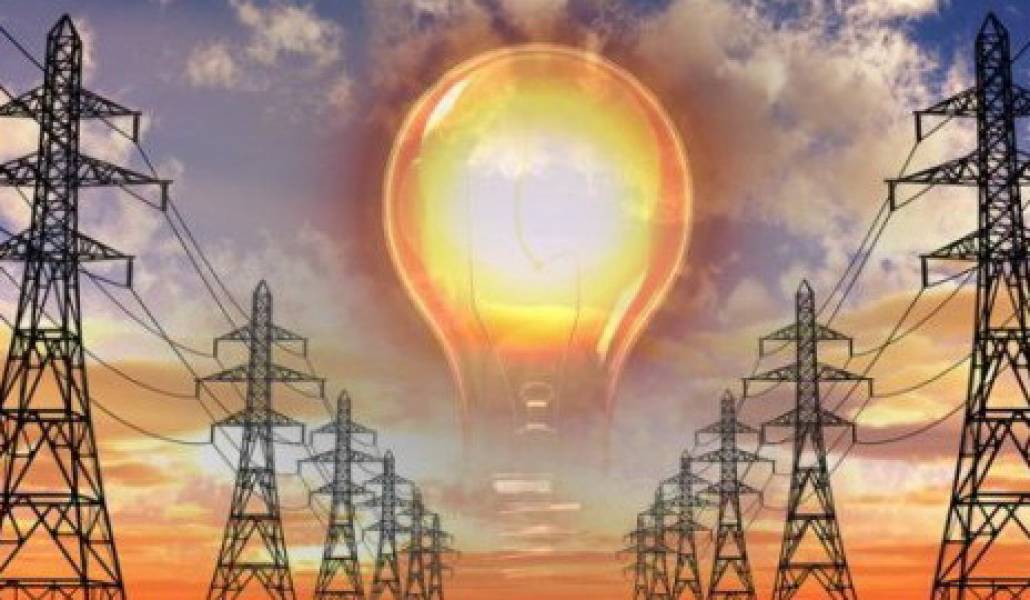🌱 Renewable Energy and Energy Storage: Powering a Sustainable Future
As the world races toward a greener, more sustainable future, two technologies are leading the charge — renewable energy and energy storage. Together, they are redefining how we generate, distribute, and consume electricity.
But while renewable energy sources like solar and wind are abundant and clean, they come with a challenge: intermittency. That’s where energy storage systems step in, acting as the backbone of the next-generation power grid.
⚡ What is Renewable Energy?
Renewable energy comes from natural sources that are constantly replenished — sunlight, wind, water, and geothermal heat. Unlike fossil fuels, these sources don’t emit greenhouse gases during generation and are virtually limitless.
🌞 Common Types:
-
Solar Power – Converts sunlight directly into electricity using photovoltaic (PV) panels.
-
Wind Power – Harvests kinetic energy from wind using turbines.
-
Hydropower – Uses flowing water to generate electricity, often through dams.
-
Biomass & Geothermal – Derives energy from organic materials and Earth’s heat, respectively.
🔋 The Role of Energy Storage
Renewables are inherently variable. The sun doesn’t shine at night, and the wind doesn’t always blow. This makes it difficult to match supply with demand. Energy storage bridges that gap.
Storage systems absorb excess energy during peak generation times and release it when demand is high or generation drops.
🧰 Types of Energy Storage:
-
Batteries (Li-ion, Flow, etc.) – Most widely used in homes, EVs, and grid applications.
-
Pumped Hydro Storage – Water is pumped uphill during low demand and released to generate power later.
-
Thermal Storage – Stores heat energy in materials like molten salts.
-
Flywheels & Supercapacitors – Suitable for high-speed, short-duration storage.
🧠 Smart Integration with AI and IoT
Modern energy systems are becoming intelligent. AI and IoT are now used to:
-
Forecast solar/wind output
-
Optimize battery charging/discharging
-
Predict energy demand
-
Manage microgrids autonomously
This digital intelligence makes renewable energy systems more efficient, responsive, and resilient.
🌍 Impact on Grid and Society
By combining renewables with energy storage, we can:
-
Reduce carbon emissions
-
Enhance energy security
-
Lower electricity costs
-
Enable off-grid and rural electrification
-
Support electric vehicle (EV) charging infrastructure
🔮 Future Outlook
The global push for clean energy is driving innovation in next-gen storage technologies like:
-
Solid-state batteries
-
Hydrogen fuel cells
-
Gravity-based storage
Governments and industries are investing heavily to scale up these technologies — making the dream of a 100% renewable-powered world more realistic than ever.
📝 Final Thoughts
Renewable energy and energy storage are more than just buzzwords — they are cornerstones of the global energy transition. As electrical engineers, researchers, and students, our role is to develop smarter systems, better batteries, and more efficient ways to harness the power of nature.
The future isn’t just electric — it’s renewable, storable, and sustainable. ⚡🌍
